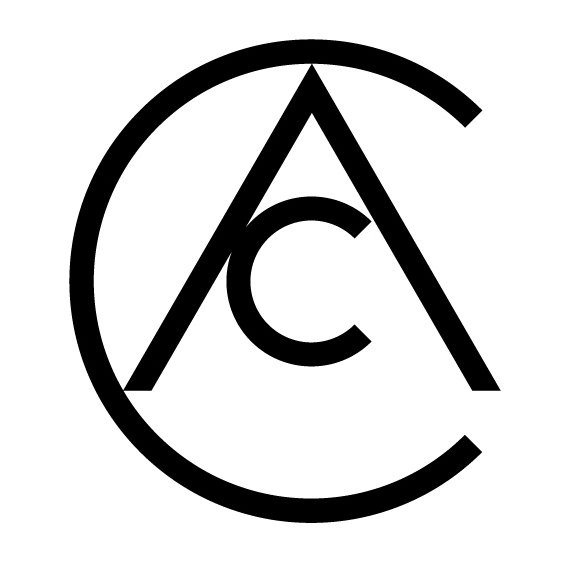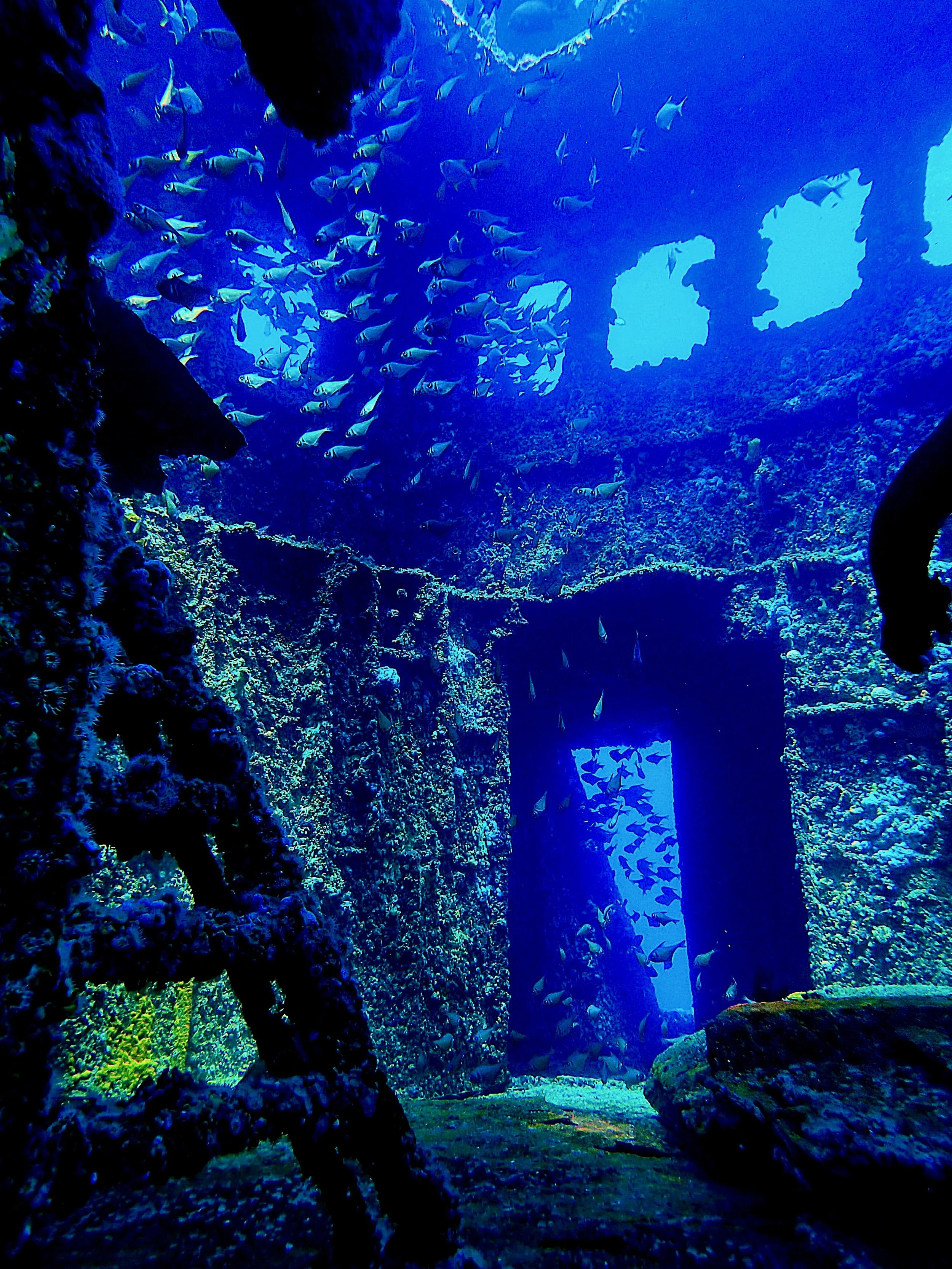Interview with Robert Haworth (aka The Butterflyman)
Robert, your work is deeply tied to emotion, energy, and imagination – almost like an unfiltered stream of consciousness on canvas. Can you describe the moment when you first realized that painting was your true outlet, your essential form of expression?
I had a chaotic childhood, surrounded by “adults” who lived for drugs, alcohol, and violence. If I’m a butterfly now, I was little more than a damaged caterpillar then. But I found a way of coping: my art. My art was like a golden thread on which the cruddy pearls of life were strung. And by the age of six, I was painting almost every day; and, mysteriously, many of those paintings have returned to me later in life, urging me never to give in to the shadows of the past.
You describe a fireball of energy inside you that must be controlled through painting. Can you elaborate on how this raw force translates into colour and form in your artwork? Do you see your pieces as a direct manifestation of your emotions at that moment, or is there a more structured approach behind them?
A few years ago, before I found a sense of peace, it felt as though anything that entered my mind demanded to be painted. It was as if I carried a fireball of energy within me – a volatile fusion of emotions, memories, and sensations – that found release only through painting. My art became the conduit for that inner turbulence. At times, though, it felt as though I wasn’t the one creating; rather, it was as if a host of artists within me were battling for control of the canvas.
Now, however, my work feels more focused – more refined. I no longer feel overwhelmed by those internal forces. Instead, I feel that I am guiding those inner artists who were shaped by my experiences – who are my life. At last, I feel that I have brought order to the chaos of my past.
Your artistic world seems to exist beyond conventional reality – full of strange characters, unseen dimensions, and extraordinary theories. How do you balance the deeply personal nature of your imagination with the challenge of making your art accessible and resonant to others?
There’s no doubt that my mind was left severely fragmented by those damaging early years. When I paint, those fragments emerge as different layers of reality – my reality. So yes, the paintings are deeply personal. But because those fragments feel more vivid to me than everyday life does, they carry an emotional intensity that pours into the work – and I think it’s that intensity, born of fragmentation and combined with my unique Expressionist style, that gives the paintings their strange, compelling appeal for many viewers.
Silence is crucial in your creative process. In an age of constant digital noise and distraction, how do you maintain that sacred space? Have you ever had moments when external influences threatened to disrupt your artistic flow?
I’ve occasionally tried to take a break – to rest, to stop painting for a week – but it’s futile. There’s a kind of magnetic pull that draws me back to the canvas. Without painting, I feel unsettled, even unwell – hollowed out. The brush in my hand becomes a conduit, linking me to countless inner worlds. And as I work, all becomes still. Distractions fall away. In that space, I find calm and clarity – and I’m transported to a more beautiful world within, where everything aligns and begins to make sense.
But in my past, not everything went well. My mother died when I was just a child. She had been both my rock and my greatest source of artistic inspiration. Her loss triggered a complete breakdown; my mind became disoriented, and I lost all memory of the role that Art had played in my life. It was as though everything I’d known and loved simply vanished. I was just ten years old when this happened. Then, twelve years later, something extraordinary occurred: a sudden resurgence of memory – triggered by a bewildering, almost unearthly event – and with it, a rekindling of my passion for Art.
Your upcoming book, The Butterfly Man, is a deeply personal exploration of transformation. What has been the most challenging part of writing your biography, and how does the process of storytelling compare to painting?
I’m a painter. If I could put my thoughts and feelings and emotions into words, I’d be a writer, not a painter. So, I asked a friend of mine, an award-winning author – whom I whimsically call, The Moth Man – to interview me and write the book. I enjoyed the interview process, but I did find it rather disturbing at times: mostly when we focused on my childhood spent in a profoundly “deprived” inner-city estate. But that was the only challenging part: Mothy did most of the graft – gathering and organising my fragmented memories with the skill and patience of someone piecing together a jigsaw without the picture on the box to guide them.
You describe yourself as both deeply unique and, at times, misunderstood. Do you believe that true artists must exist slightly outside of society's norms in order to create something truly original? How do you embrace being ‘different’ as part of your artistic identity?
We’re all unique. My particular uniqueness lies in the journey I’ve made – from being a damaged “caterpillar”, to undergoing an extraordinary and alarming transformation as a “chrysalis”, and eventually becoming a “butterfly” in the sunshine: finding my freedom as a person and as an artist. And like a butterfly, I find it difficult to live by the rules of the ground. I was made to follow my own route – outside society’s norms and in the light of my own truth.
Your paintings seem to exist at the intersection of chaos and control – wild imagination tempered by a meticulous, intentional hand. How do you decide when a piece is finished, when that fireball of energy has been fully realized on the canvas?
I don’t plan the painting. The plan forms in my mind, shaped by the “artists” who live there – those fragments of my life coming through. They tell me what to paint. And when they stop, the painting is finished. It’s as simple as that!
Art, for many, is a way to process pain and transcend past hardships. Your story speaks of transformation, much like the caterpillar emerging as a butterfly. Looking back, do you see your art as a form of healing, or do you see it more as a relentless push toward reinvention?
For me, personally, painting is a rock that remains steadfast despite the tempestuous waves that constantly pound it. When you’ve faced those “slings and arrows of outrageous fortune” – outrageous misfortune, in other words – there’s one thing that can ensure stability: a passion for something that really matters. A time for being “of the world”, not “in the world”. Or, to put it simply, in one’s own world – a place where you’re in control and free.
You speak of wanting your paintings to be experienced intensely, to be talked about for years. What do you hope people feel when they stand in front of one of your works? If your art could whisper a secret to the viewer, what would it say?
“When Pandora, driven by curiosity, lifted the lid of the fateful box, a torrent of unimaginable evils was unleashed upon the world. Disease, despair, and suffering spread like wildfire, consuming all in their path. Yet, in the swirling chaos, one fragile thing remained: Hope, waiting to be found amidst the darkness. For there is always Hope.”
You aspire to be recognized as a unique and inspired artist of the world. What do you see as your ultimate artistic legacy? Decades from now, how do you hope The Butterfly Man will be remembered?
I’d like to be remembered as someone who overcame seemingly impossible hurdles. And by speaking honestly about it – as I do in my no-holds-barred biography – I hope to inspire others who’ve faced similarly damaging challenges to believe that there can be light at the end of the tunnel. All you need is hope… and determination – and something to care about, something that truly matters to you.
For me, that was my art – which, I hope, will continue to bring people pleasure and spark their curiosity for years to come.












